Given that we're a site dedicated to canoes, you'd think it's obvious what canoes "are". That's true for the most part, but there's ambiguity at the margins. For example:
Why is this a 24 foot square back boat a (Nor-West) "canoe" instead of a "power boat"?
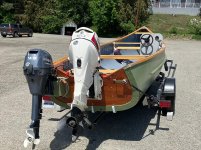
Why are this Perception Gyramax and Kruger Sea Wind "canoes" instead of "kayaks"?
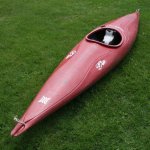
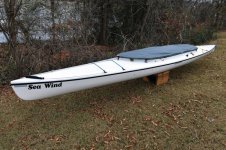
Why are this Hawaiian voyager "canoe" and Pacific Northwest Indian "canoe" not called "sailboats"?
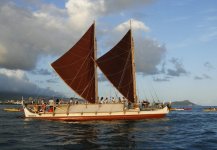
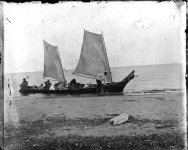
The Wooden CANOE Heritage Association also seems a bit ambiguous on this definitional matter, as they have separate forums for Adirondack Guideboats and for Miscellaneous Small Craft, and have classifieds ads for wooden guideboats and kayaks.
Whatever . . . can someone define what a canoe actually "IS"? Will Noah Webster help?
Why is this a 24 foot square back boat a (Nor-West) "canoe" instead of a "power boat"?

Why are this Perception Gyramax and Kruger Sea Wind "canoes" instead of "kayaks"?


Why are this Hawaiian voyager "canoe" and Pacific Northwest Indian "canoe" not called "sailboats"?


The Wooden CANOE Heritage Association also seems a bit ambiguous on this definitional matter, as they have separate forums for Adirondack Guideboats and for Miscellaneous Small Craft, and have classifieds ads for wooden guideboats and kayaks.
Whatever . . . can someone define what a canoe actually "IS"? Will Noah Webster help?
